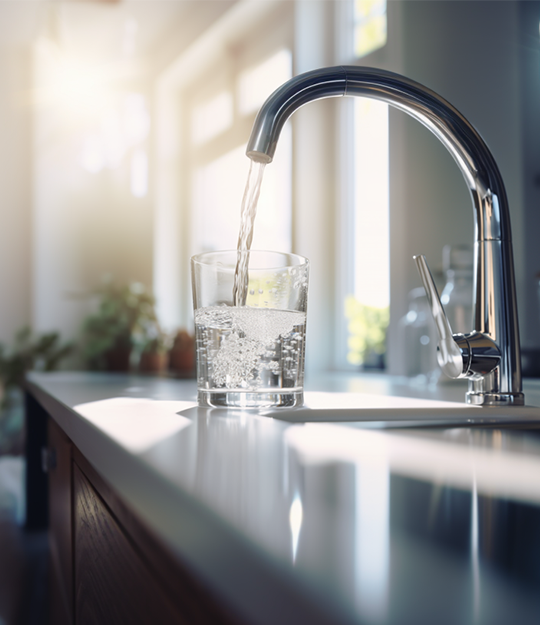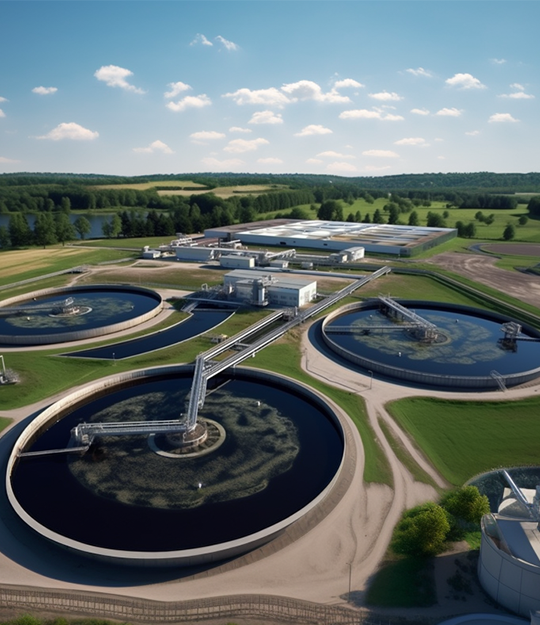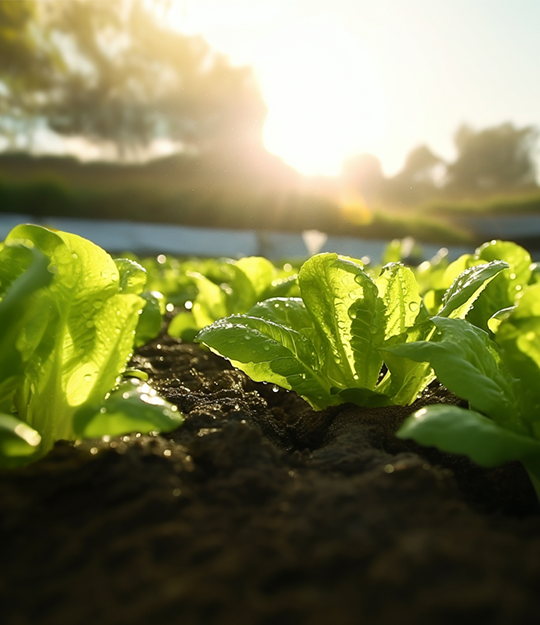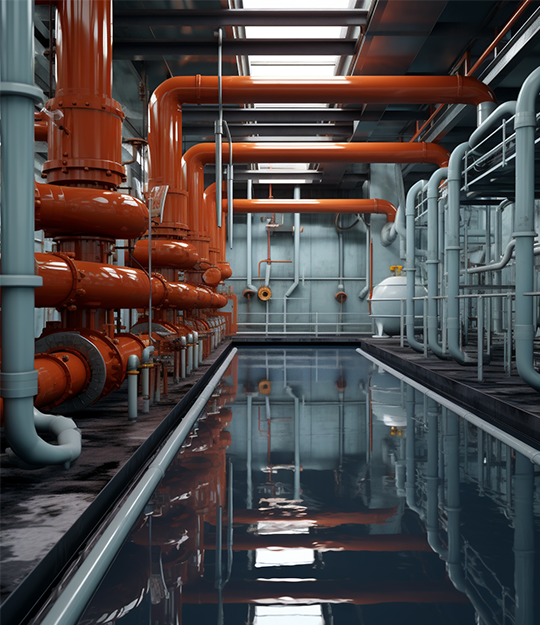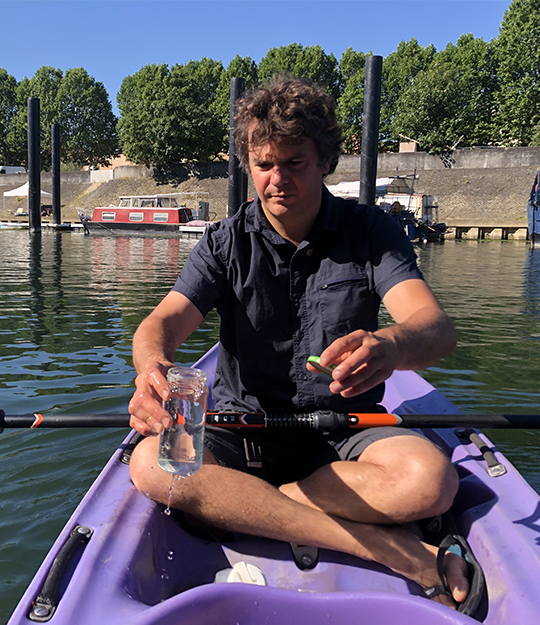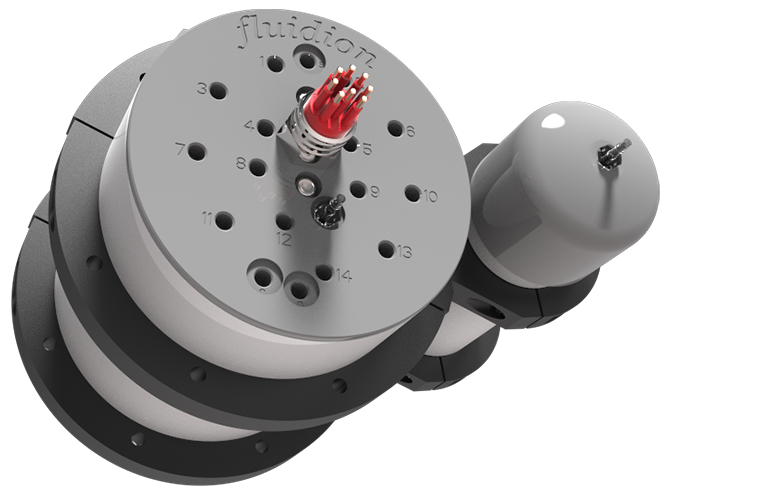
Deep Water Sampler
Sample in the most extreme environments. The Deep Water Sampler is a miniaturized sampling system for deep water research and subsea deployment on AUV/ROV or glider platforms.
Deepen your Knowledge
Robust: The Deep Water Sampler allows up to 26 grab samples to be collected at depths ranging from surface to 6000m, and in extremely cold temperatures.
Automated: This sampler can be easily programmed and controlled remotely, with optional scheduler and power pack available for extended deployments in shallow waters.
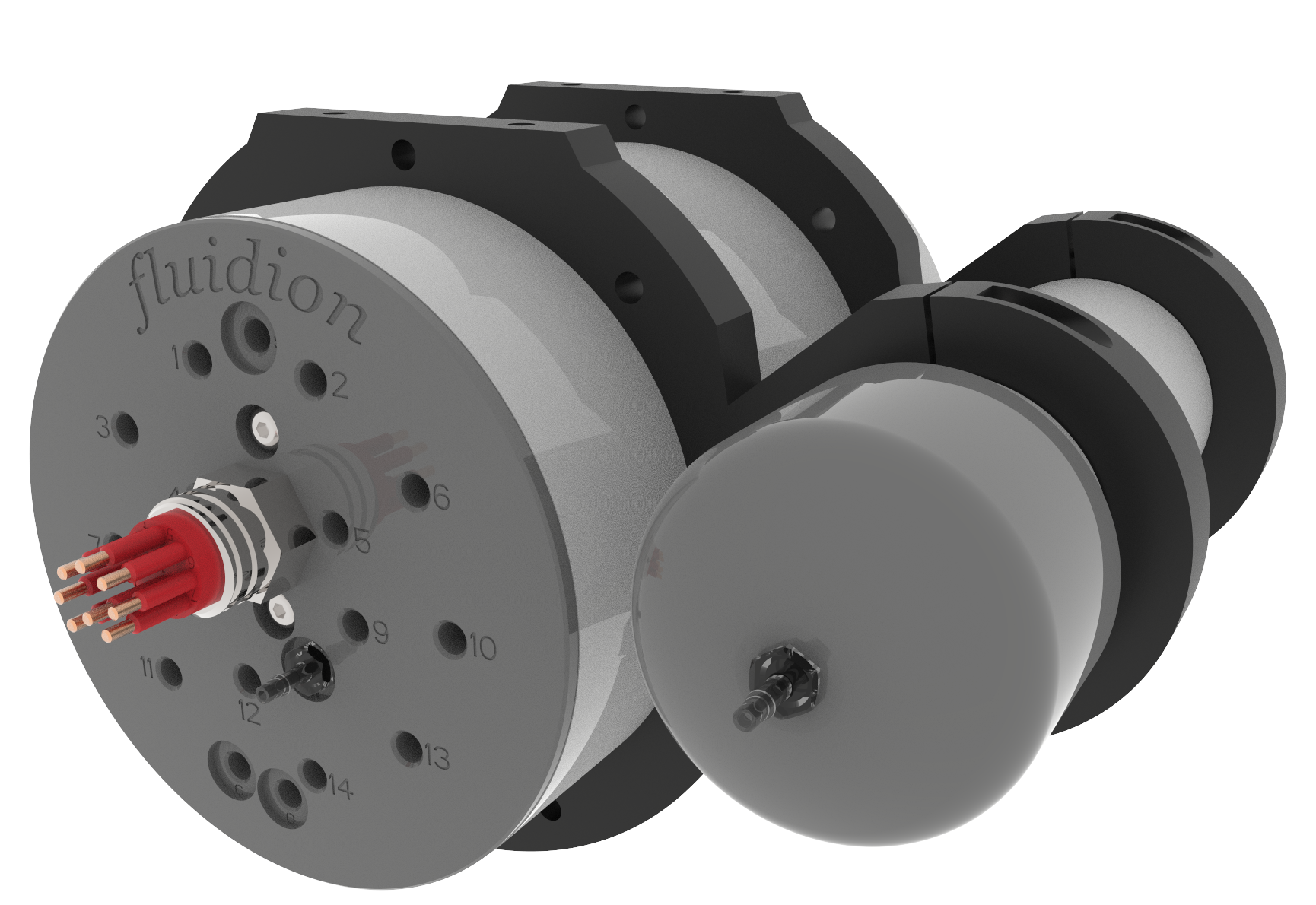
Versatile: It is specifically designed to fit on AUVs, ROVs, moorings and gliders, and the sampling bottle configuration is fully customizable to meet the most diverse customer requirements.
Adaptive Sampling: This system offers real-time sampling triggered by an AUV/glider or an optional sensor, as well as pre-programmed sampling with the optional scheduler and power supply.
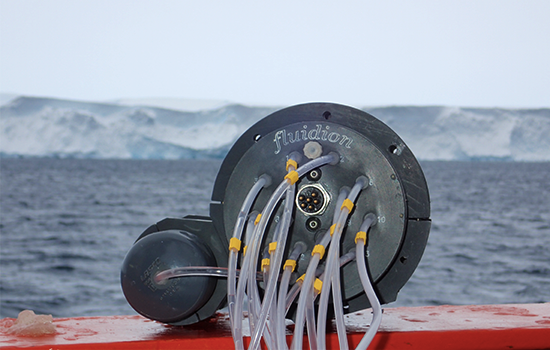
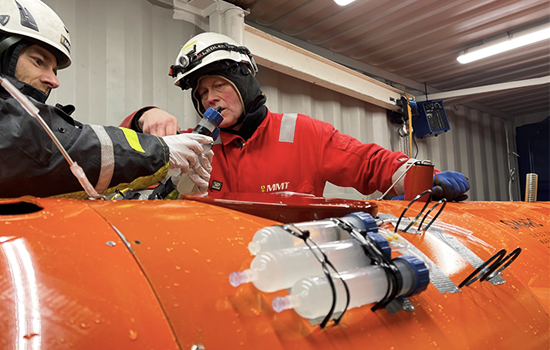
Why the Deep Water Sampler?
‣ Skip the manual labor, get automatic representative samples of water.
‣ Perform extended sampling campaigns on a single battery charge thanks to an ultra-low energy consumption.
‣ Get samples up to 6000m using miniaturized peristaltic pump technology.
‣ Choose between a 14-sample and a 26-sample model and customize bottles with filters and additives to suit your needs.
‣ Simplify the logistics of your operations by triggering remote sampling as directed by the AUV/glider, an optional inline sensor or pre-programmed triggering (optional).
‣ Get on-demand, representative, zero cross-contamination sampling with a selective manifold flushing system (optional).



